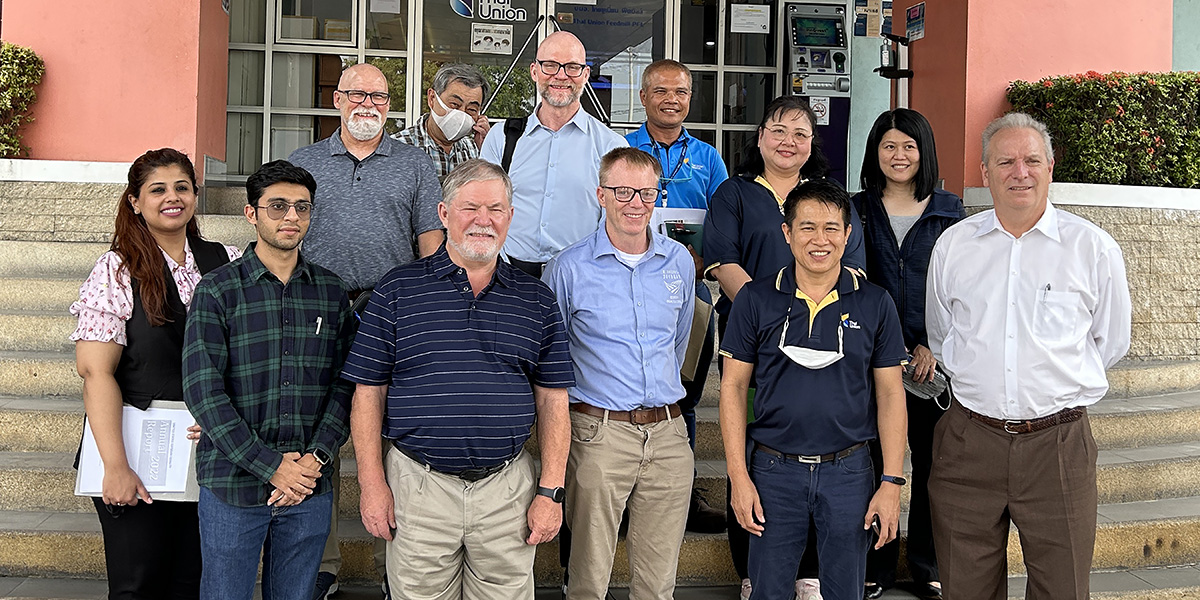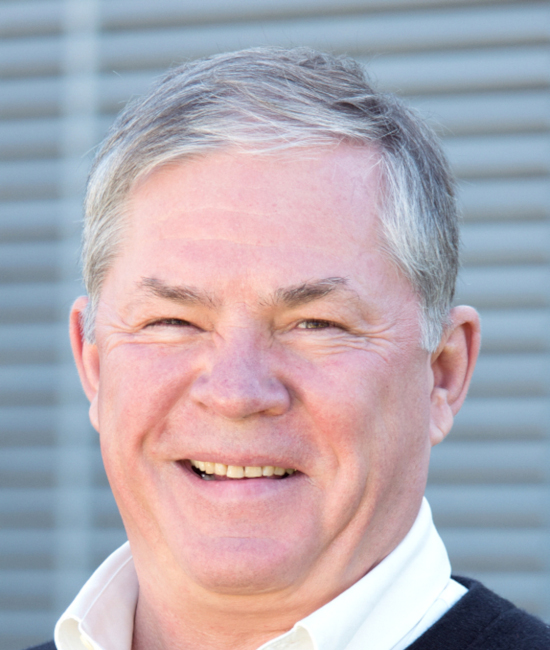
When Bob Swick was growing up in Chicago, he didn’t imagine that one day he’d be living in Australia as a poultry nutrition consultant for Northern Soy Marketing (NSM). In fact, he probably didn’t even know that poultry nutrition consultants existed. Yet here he is with over 40 years in the industry.
Upon high school graduation, Swick attended Northern Illinois University in DeKalb, Ill., majoring in biology. After a stint working for his father as an industrial equipment salesman post-graduation, Swick set off for graduate school.
 “I thought, I needed to get out of Chicago,” Swick said. “At that point, I really wanted to go into aquaculture. So, I went to the Department of Fisheries and Wildlife and talked to the guy who told me that there weren’t really a lot of jobs in that area. He suggested I go across the street and talk to animal science if I wanted to go into agriculture.”
“I thought, I needed to get out of Chicago,” Swick said. “At that point, I really wanted to go into aquaculture. So, I went to the Department of Fisheries and Wildlife and talked to the guy who told me that there weren’t really a lot of jobs in that area. He suggested I go across the street and talk to animal science if I wanted to go into agriculture.”
And so, he did.
Graduating with a master’s and Ph.D. focused on poisonous plant metabolism, Swick accepted a job with Monsanto in St. Louis.
“At Monsanto, I started working with amino acids,” Swick said. “And at that time, there was a lot of work going on with bovine somatotropin and porcine somatotropin, so the company built a big research farm. Amino acid research in chickens was included there, and they put me in charge of the chicken part of the research farm.”
Pretty soon, a position within Monsanto – which had been sold and renamed Novus International – based out of Singapore opened and before he knew it, Swick was heading to Southeast Asia, where he lived for the next 15 years.
“Singapore is in the center of everything,” Swick said. “I was there for a seminar before I moved, and I thought I really would not want to live in Singapore because it seemed really sterile. You know, coming out of the U.S., it seemed really regulated and squeaky clean. But when you live there, you don’t feel that at all.”
Coincidentally, out of all the places he’s lived, Singapore has been his favorite. It doesn’t hurt that he met his wife while living there, too.
“My wife is from China but was studying in Singapore,” Swick said. “She gave me Chinese lessons.”
While living in Singapore, Swick took a position with the American Soybean Association as technical director of poultry and livestock, a position he held for over a decade. Eventually, after he had left ASA, Swick heard about an opportunity to be a professor of nutrition at the University of New England in Australia.
“I said, ‘Well, I probably don’t qualify because I haven’t really been in academia my whole career,’” Swick said. “But they said they were looking for somebody with industrial experience. So, I applied.”
While at the University, Swick supervised 30 higher degree research students and across his career, he’s published over 300 technical papers, bulletins, reports, journal articles and patents. After such a storied career that spans the globe, how did Swick wind up consulting with NSM?
“I knew Peter Mishek, who consulted with NSM, from before I moved to Australia,” Swick said. “When I was with the University, he kept contacting me wanting me to consult and after I left the University to work for an offshoot of the University called Poultry Hub, I decided to join NSM as a consultant.”
A collaboration of farmer leaders from the northern U.S. states of Minnesota and South Dakota, NSM promotes the quality, consistency and reliability of northern-grown soybeans and soymeal by working with respected researchers to provide a more accurate picture of soybean feeding quality by considering critical essential amino acids, rather than crude protein as the true measure of soy quality.
While representing NSM on various trade missions throughout Southeast Asia, Swick connects with feed nutritionists, highlighting northern soy’s place in animal diets.
“Northern soybeans are a little bit lower in protein, but the amino acids are still high,” Swick said. “Can there be an advantage to that? The answer is yes, because if you get too much protein in a feed and excess amino acids, you start getting problems in the chicken house with wet litter because the chickens drink more water to get rid of that nitrogen. So, the big thing is to get rid of the excess protein and get perfectly balanced diets. Northern-grown soy fits perfectly into that scenario.”
With respected professionals like Swick on NSM’s team, NSM is one step closer to realizing its mission of unlocking the knowledge of soybean quality.


